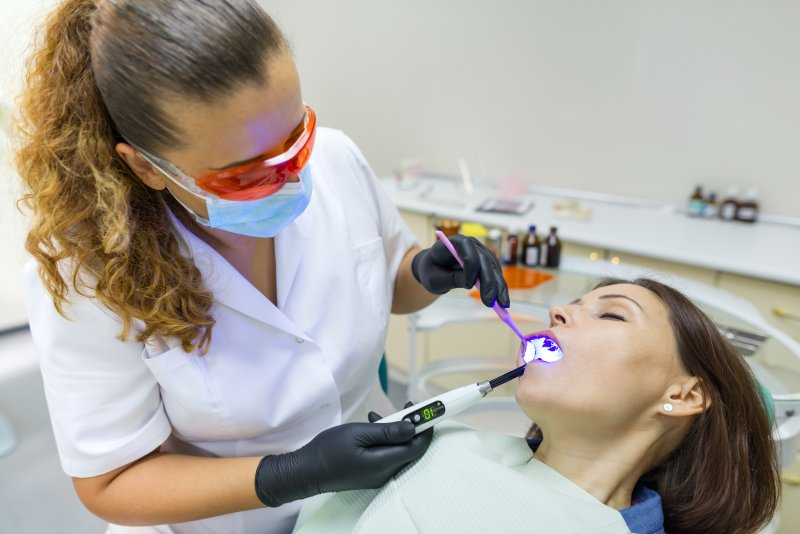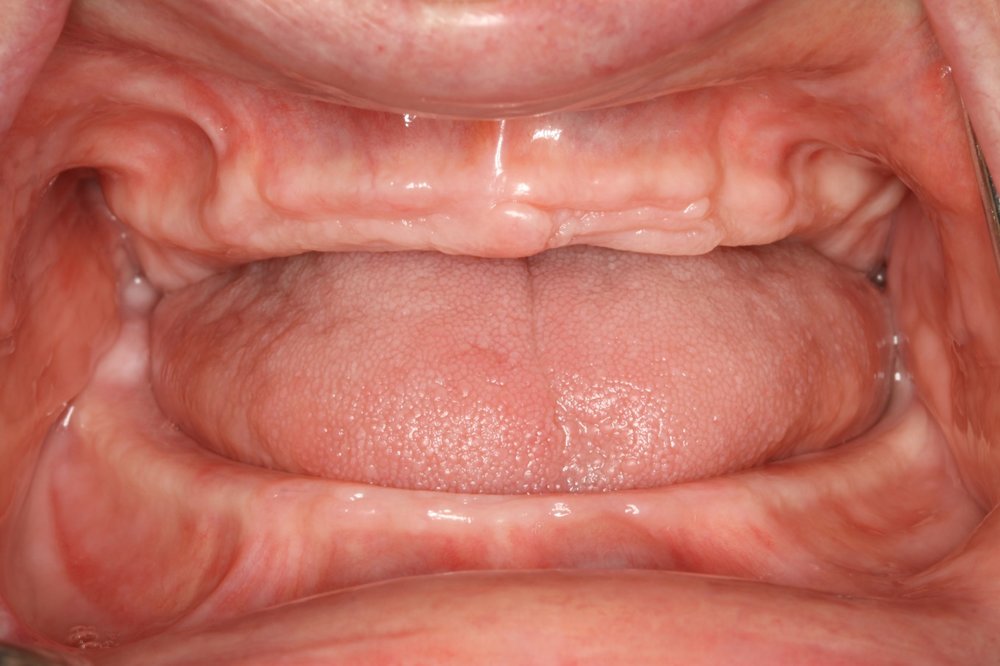This is David and I am a dental implant educator at Chicago Implant Studio. One of the most common questions I get from our patients at their dental implant consultation session is “What is Intravenous Sedation and Why is IV Sedation Used?“
Intravenous sedation, commonly known as IV sedation, is a method used in dentistry to help patients relax during dental procedures. It allows for a deeper level of sedation and can be tailored to the individual patient’s needs. This article will delve into what IV sedation is, why it’s used, and what patients can expect during the process.
In This Article
Understanding Intravenous Sedation
Intravenous sedation, often referred to as “twilight sedation,” is a type of anesthesia that uses sedative drugs administered through a vein to induce a state of deep relaxation. The patient remains conscious and able to respond to commands, but they typically have little to no memory of the procedure. This technique is commonly used in oral surgery and other complex dental procedures.
Why is IV Sedation Used?
IV sedation is used in dentistry for a number of reasons:
- Patient Comfort: It provides a high level of comfort for patients, particularly those with dental anxiety or fear.
- Complex Procedures: IV sedation is often used for complex or long dental procedures to ensure the patient remains comfortable throughout.
- Controlled Sedation Levels: With IV sedation, the level of sedation can be adjusted during the procedure, providing a greater degree of control than with oral sedatives.
- Rapid Onset: The effects of IV sedation are felt quickly, usually within a few minutes.
The IV Sedation Process
The process of IV sedation in dentistry generally involves the following steps:
- Pre-Procedure Assessment: A thorough medical history is taken to determine if IV sedation is appropriate. The patient is instructed to fast for a specific period before the procedure.
- Sedation: A small needle is used to insert an IV line into a vein, usually in the patient’s arm or hand. The sedative drugs are then administered through this line.
- Monitoring: Throughout the procedure, the patient’s vital signs (blood pressure, heart rate, and oxygen levels) are closely monitored.
- Post-Procedure Care: After the procedure, the patient will need time to recover and should not drive or operate machinery for 24 hours. They should also have a responsible adult to take them home.
Conclusion
Intravenous sedation is a valuable tool in dentistry, particularly for complex procedures or for patients who experience dental anxiety. By inducing a deep state of relaxation, IV sedation can make dental procedures a comfortable and stress-free experience. If you’re considering a dental procedure and are interested in IV sedation, discuss this with your dental professional to determine if it’s the right choice for you.
If you are looking for state-of-the-art single and multiple tooth to full jaw All-on-4 dental implants, schedule a no-obligation free consultation with Chicago Implant Studio dental implant experts. Schedule a free consultation online today or call us at (331) 257-7999.






